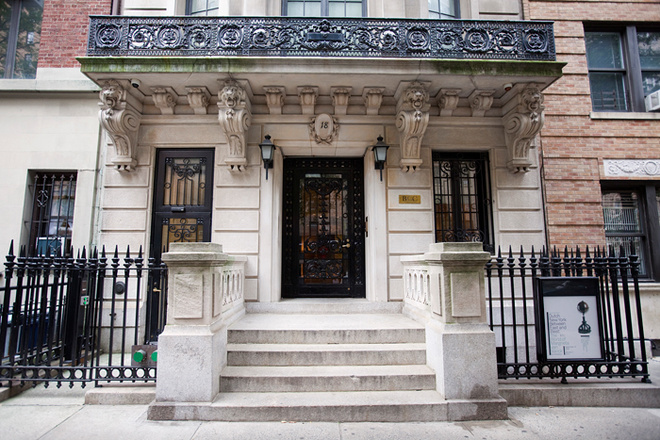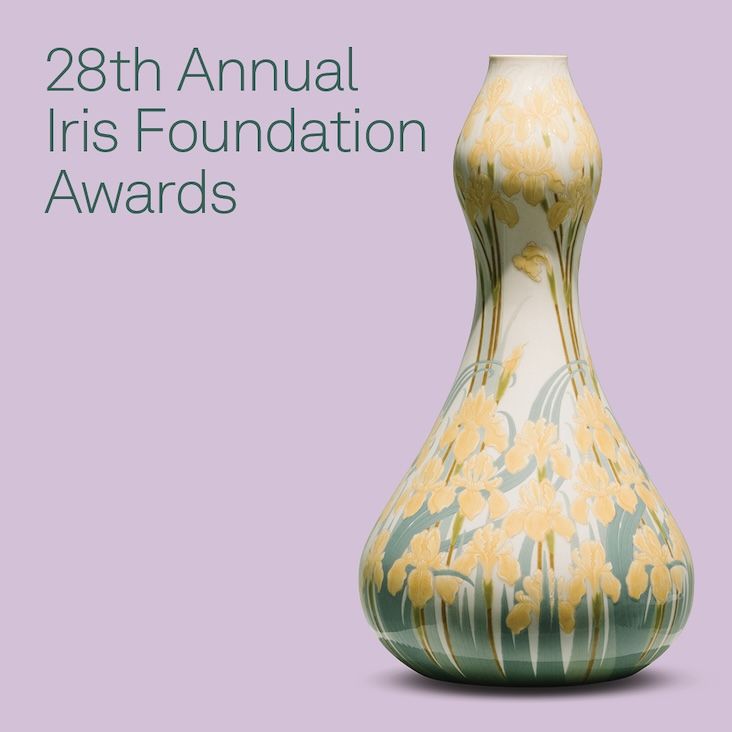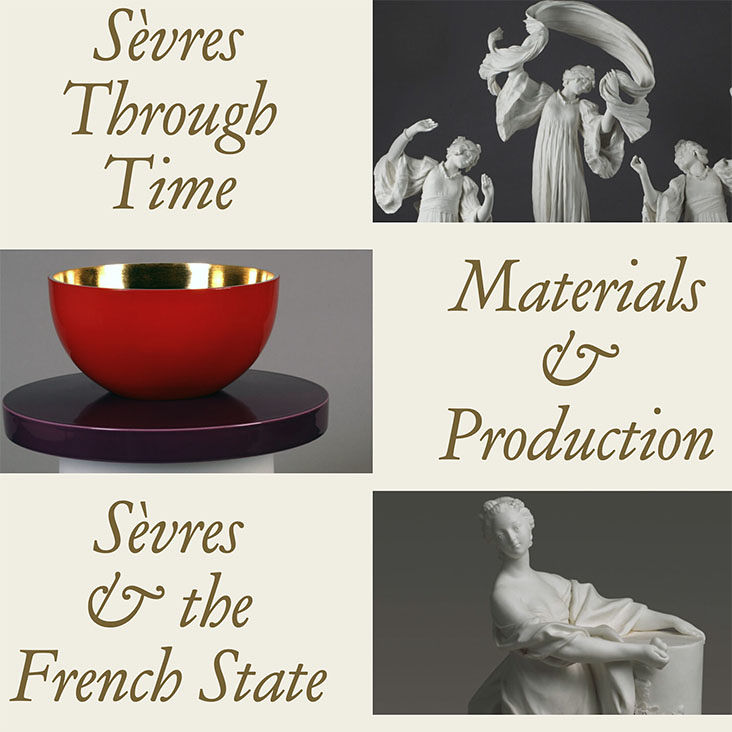Einav Zamir (MA 2012) is the executive director of ArtWatch International’s New York branch, which advocates for the conservation and stewardship of historically significant works of art. Einav, who lives in Long Island, received her bachelor’s degree in art history from SUNY New Paltz.
What attracted you to the BGC’s Master’s program?
I had completed a bachelor’s degree in art history at SUNY New Paltz, specializing in ancient art and archaeology and had spent some time working for various museums and cultural institutions, such as the Samuel Dorsky Museum of Art and the Brooklyn Museum of Art. However, I wanted to build on my knowledge of objects, particularly utilitarian and household possessions, so I looked for master’s programs with a material culture focus. The BGC seemed like the perfect fit in more ways than one, and I was very excited when I received my acceptance notice.
What did you study here, how did you find yourself involved with it?
I focused on the material culture of the ancient world. Specifically, I became interested in the objects associated with household workshops and industry— the result of an independent study that I did with Elizabeth Simpson in which I learned the manufacturing techniques of ancient potters. At the BGC, I found opportunities to tackle interesting problems existing in modern scholarship, as demonstrated by my Masters Qualifying Paper on the depiction of artists’ workshops on Greek vases during the 6th and 5th centuries BCE.
I set out with the intention of conducting a thorough examination of authorship and self-awareness among Greek vase painters of the period, and finished by addressing the purpose such depictions could have served, the possible social position of craftsmen, and the potential relationships between painters and potters of the time. I later had the opportunity to present my research, along with my fellow graduates, at the QP Colloquium.
What are you doing now?
I am the executive director of ArtWatch International’s New York branch, overseeing the dissemination through all possible media, of the considerable body of information and research that we have generated, collected and archived in past years. ArtWatch serves as an advocate for the preservation of culturally and historically significant works of art and monuments, and promotes an open exchange of ideas on the full range of practices in the field of conservation and restoration by organizing conferences, such as the James Beck Memorial Lectures, and by editing material for a bi-annual journal. I not only write for the ArtWatch website (
www.artwatchinternational.org), but I am also currently working as a researcher and copy editor on a Festschrift for Oscar White Muscarella.
What are your goals?
I plan to pursue a PhD in the
near future, where I intend to focus on the greater Mediterranean world, and
archaic Greece in particular, while pursuing an active role in modern
scholarship through the study of art history, utilizing the most recent
developments in research methodology. My main objective is to attain a high
level of expertise in ancient Greek material culture, Greek history, and the
Greek language, in the context of the Mediterranean and Near Eastern cultures
with whom the Greeks interacted.
Ultimately, I hope to someday
teach at the college level, and motivate a new generation of scholars to
consider the biographies of objects, their roles and functions in everyday
life, and what their creation can tell us about the origins of Western thought.













